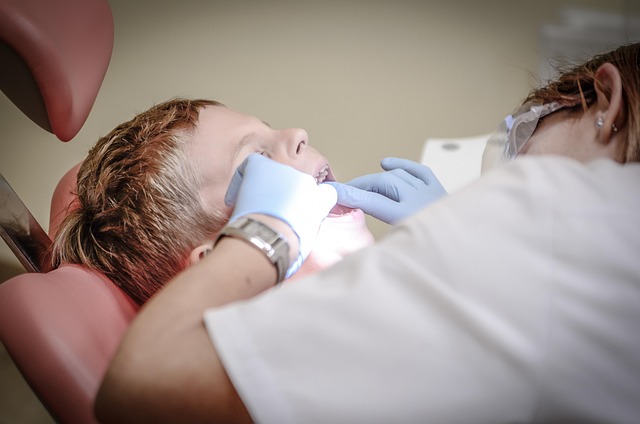Vertigo Treatment: Causes, Therapies, and Neck-related Factors
Vertigo is a specific type of dizziness characterized by a false sensation of movement or spinning. It can arise suddenly or be recurrent, and it ranges from mildly disruptive to severely limiting daily activities. Understanding likely causes and evidence-based treatments helps people and clinicians choose appropriate strategies for symptom relief and recovery.

This article is for informational purposes only and should not be considered medical advice. Please consult a qualified healthcare professional for personalized guidance and treatment.
What is dizziness and how does it differ from vertigo?
Dizziness is a broad term covering lightheadedness, imbalance, and faintness; vertigo specifically describes a spinning or rotational sensation. Vertigo most often reflects a problem in the vestibular system — the inner ear and its neural connections — but can also result from neurological, cardiovascular, or medication-related causes. Accurate description of symptoms (triggering movements, duration, associated nausea or hearing changes) guides diagnosis and safe treatment choices.
How is vertigo diagnosed?
Diagnosing vertigo usually begins with a detailed history and physical exam, including specific positional tests and balance assessments. Clinicians may use maneuvers like the Dix-Hallpike to identify benign paroxysmal positional vertigo (BPPV). Additional tests can include hearing evaluation, vestibular function testing, and imaging when central causes are suspected. Distinguishing peripheral vestibular causes from central nervous system issues is essential because treatments and urgency differ.
What treatment options exist for vertigo?
Treatment depends on the underlying cause. For BPPV, canalith repositioning maneuvers (for example, the Epley maneuver) are often effective and can be performed by trained clinicians. Vestibular rehabilitation therapy (VRT) uses graded exercises to improve gaze stability, balance, and adaptation to vestibular loss. Short courses of vestibular suppressants or anti-nausea medications may ease acute symptoms but are generally not recommended long-term. In some cases, treating an underlying condition (inflammation, infection, or a vascular issue) is required.
What is the role of the neck and the cervical spine?
Cervical dysfunction can contribute to dizziness in a pattern sometimes called cervical vertigo. Problems in the neck — from muscle tension, arthritis, or altered joint position sense — may disrupt proprioceptive input and balance. Assessment by a clinician who evaluates both vestibular and cervical factors is important when neck symptoms or a recent neck injury are present. Physical therapy focusing on cervical mobility, posture, and sensorimotor control can reduce symptoms for some people when combined with vestibular approaches.
How is associated pain managed and how can recurrence be reduced?
Pain often accompanies vertigo when neck strain, migraines, or inner-ear disorders are present. Management targets the specific pain source: analgesics and muscle-relaxing approaches for neck pain, physiotherapy for posture and mobility, and migraine-directed treatments where relevant. Preventive strategies include vestibular exercises, ergonomic adjustments to reduce neck strain, hydration, sleep regularity, and reviewing medications that may worsen dizziness. Recognizing and avoiding individual triggers — such as sudden head movements or certain visual environments — helps reduce recurrence.
In summary, vertigo treatment depends on identifying whether symptoms stem from the inner ear, the cervical spine, the central nervous system, or systemic causes. Common, evidence-supported interventions include positional maneuvers for BPPV, vestibular rehabilitation for balance recovery, and targeted physical therapy when the neck contributes to symptoms. Short-term medications can ease acute episodes but are not a long-term solution. Because vertigo and dizziness can reflect a range of conditions, evaluation by an appropriate healthcare professional ensures accurate diagnosis and a tailored treatment plan that addresses both symptom relief and functional recovery.






